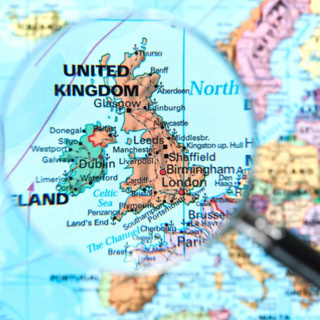Jaksokuvaus
A factor of small but growing importance at the end of Salisbury’s premierships, and during Balfour’s that followed, was offered by the Labour Representation Committee. It had been formed by trades unions working with left-wing parties of the working class, most notably Keir Hardie’s Independent Labour Party. With no MPs before the election of 1900, it had grown to four by 1903 which, in an environment in which third parties have trouble establishing themselves, was a substantial development. Meanwhile, the ruling Unionists were beginning to divide against each other. The question that finally split them was Tariff reform, the same issue that had split them back in 1846 when Robert Peel repealed the corn laws to usher in a long period of free trade without tariffs, but in the opposite direction: the tariff reformers at the start of the twentieth century, led by Joseph Chamberlain, wanted to reintroduce tariffs. The aim was both to create barriers protecting British industry and agriculture (even if that meant increasing the price of food, painful above all for the poor), and to allow for imperial preference, the system which would draw the colonies closer to the mother country by exempting their economies from certain tariffs. Three factions emerged within the Unionist coalition, right up to cabinet level. One, led by the Chancellor of the Exchequer, remained wedded to free trade. A second, the Prime Minister’s, was sympathetic but wanted to proceed slowly. The third, Chamberlain’s, was for rapid introduction of tariffs and imperial preference. Split parties don’t win elections, and now the Unionists were hopelessly split. With an election looming. Illustration: Some of the white, male attendees at the 1902 Colonial Conference. Joseph Chamberlain is in the middle of the front row, with Wilfrid Laurier,Prime Minister of Canada to his right (our left). Music: Bach Partita #2c by J Bu licensed under an Attribution-NonCommercial-No Derivatives (aka Music Sharing) 3.0 International License.
